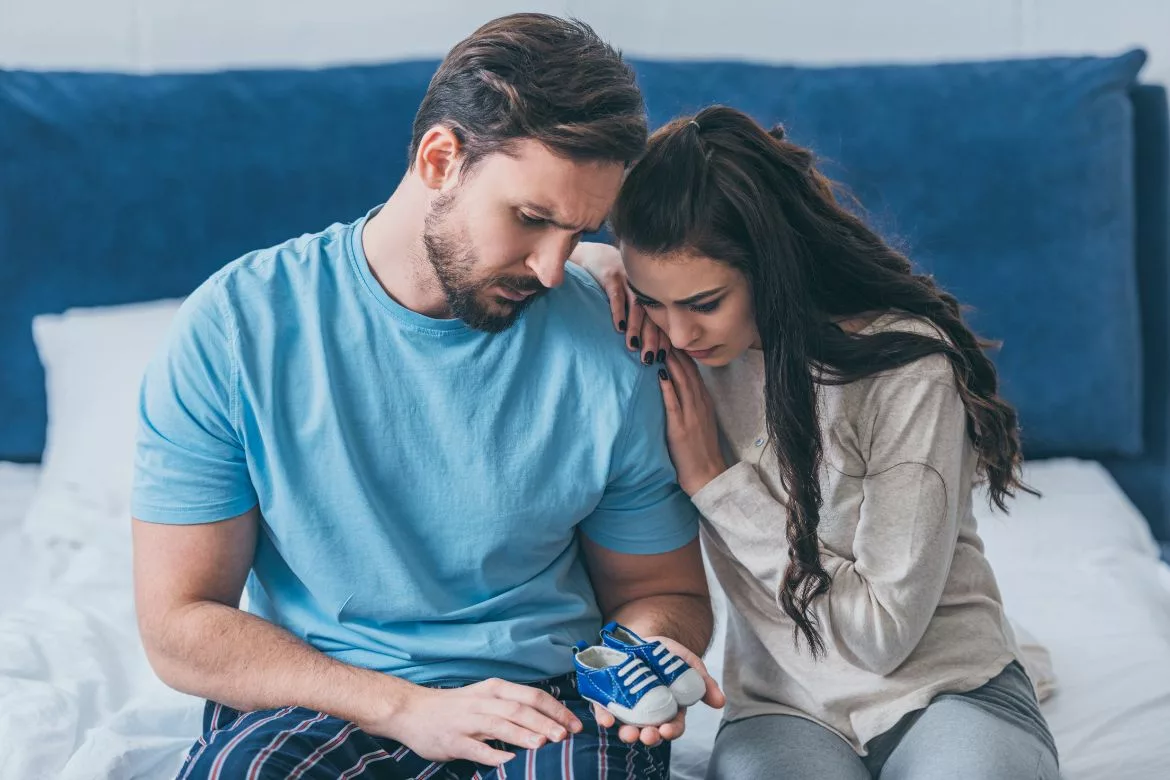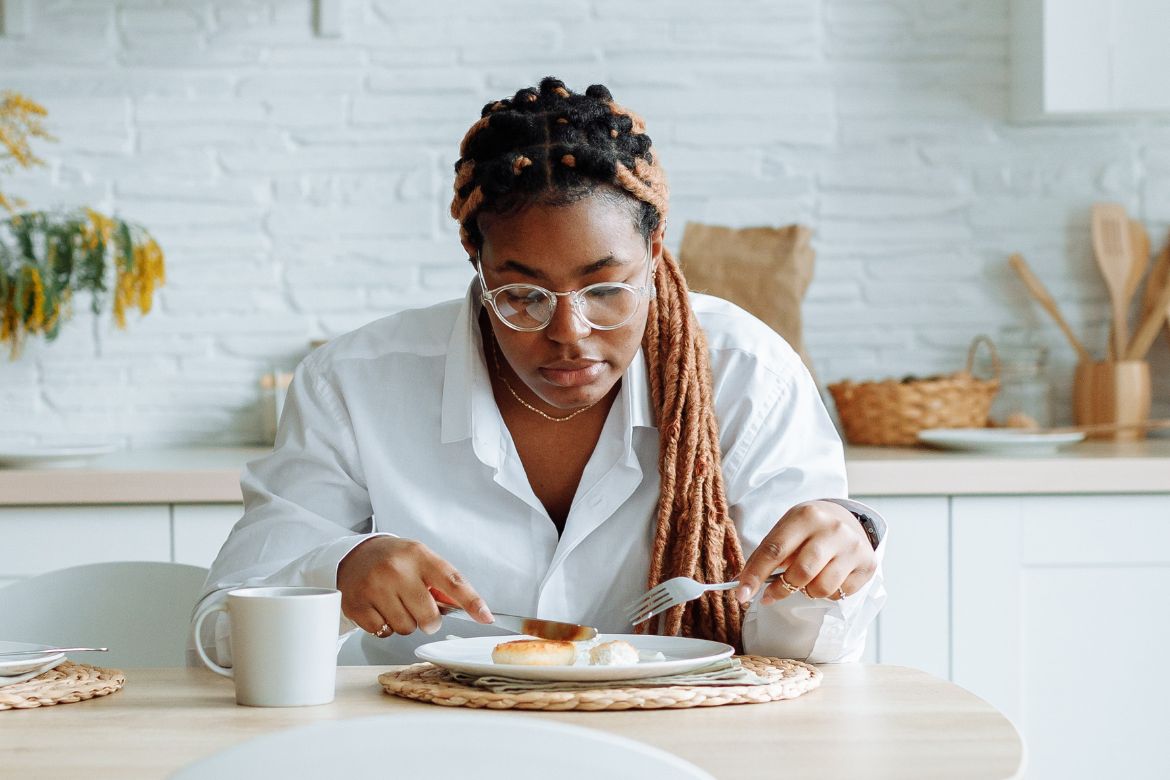
The Impact of Perinatal Loss on Parental Mental Health
by Counseling and Wellness Center of PittsburghMay 17, 2023 grief, grief counseling, grief therapy, miscarriage, perinatal loss, perinatal mental health, stillbirth0 comments
The emotional toll of perinatal loss, a devastating experience of losing a baby during pregnancy or shortly after birth, is often overlooked and underestimated. This article sheds light on the profound effects it has on the mental health of parents and highlights available treatment options for healing and support.
The Emotional Consequences of Perinatal...Learn More
Gut Health and Mental Health, What’s the Link?
by Counseling and Wellness Center of PittsburghNovember 10, 2022 anti-inflammatory diet, anxiety, depression, dietician, dietitian, dietitian nutritionist, dietitian nutritionist near me, gut health, gut health and mental health, healthy eating, healthy food, intuitive eating, keto diet, mental health, nutrition, Nutrition Counseling, Nutritionist, registered dietitian, registered licensed dietitian0 comments
In more recent years, studies have been emerging that focus on the possible connection between gut health and mental health disorders, including anxiety and depression. The microbiome makes up all microorganisms in the human body. The microbiota encompasses all the microorganisms in a particular location, such as the GI tract. These together are developed while in the womb. During...Learn More
Sleep hygiene: 8 Steps to Better Rest by Pittsburgh Pennsylvania Mental Health Experts
by Counseling and Wellness Center of PittsburghJune 15, 2020 hypersomnia, insomnia, sleep disorder, sleep hygiene0 comments
Sleep hygiene is a science formulated to help people overcome disrupted rest by removing any barriers that a person might be unknowingly creating that prevent against deep and complete rest. According to the American Sleep foundation, 47% of Americans report poor quality sleep has affected their daily performance in the last month. As mental health counselors know, there is a significant...Learn More
High Functioning Anxiety
Anxiety is a problem that the majority of people deal with in one form or another. Yet anxiety is a broad category of disorders which range from generalized anxiety disorder, to social anxiety, to various forms of panic disorders, to mild stress. Keeping in mind, some forms of anxiety are normal, for instance, regular stress can sometimes be beneficial, as it keeps us aware of important...Learn More
The Nine Best Ways To Build a Self Care Plan, Mental Health Matters
by Counseling and Wellness Center of PittsburghJanuary 2, 2020 best ways to build self care plan, mental health matters, self care, self care month, self care strategies for mental wellbeing0 comments
Best way to build a self care plan, mental health matters
We hear lots of people taking about self care these days but what actually is it? Is there a right way to do it? I hope to answer some of these questions for you today because mental health matters and you matter. Self care can be defined as any activity that we do deliberately in order to take care of our mental, emotional,...Learn More5 Ways to Soothe Anxiety in your Child
by Counseling and Wellness Center of PittsburghOctober 1, 2019 anxiety in children, child counseling, child psychologist0 comments
5 Ways to Soothe Anxiety in your Child
Ways to Soothe Anxiety in your Child
Whether your child is anxious or even has a diagnosis of generalized anxiety disorder, you have probably tried everything that you can think of to help them manage their emotions. Your daughter stays up all night worrying about show and tell tomorrow in school, she cries and repeats, ‘I know I am going to mess up, I...Learn More
